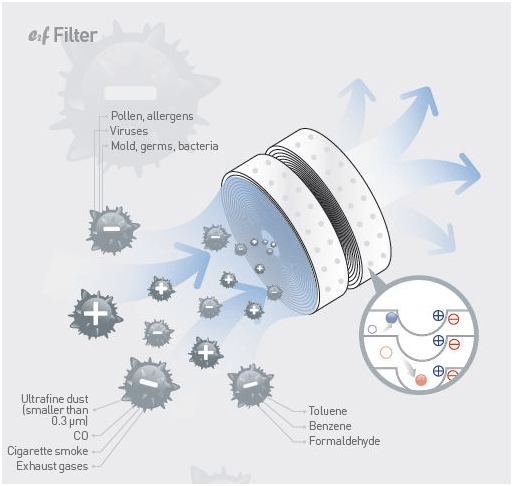Understand How To Make The Most Of The Performance And Longevity Of Your Heatpump System By Avoiding Regular Installment Pitfalls
Understand How To Make The Most Of The Performance And Longevity Of Your Heatpump System By Avoiding Regular Installment Pitfalls
Blog Article
Web Content By-Saunders Gillespie
When setting up a heatpump, you should avoid usual mistakes that could threaten its performance. Ignoring appropriate sizing might cause inefficiencies and greater utility costs. Disregarding insulation and sealing might cause energy waste and pressure on the device. In addition, positioning the outside unit improperly may impact its performance. By preventing these errors, you can ensure optimal functioning and sturdiness of your heat pump system.
Improper Sizing of Heatpump
When it concerns the installment of heatpump, among the most usual errors is incorrectly sizing the device for your space. Making sure the appropriate dimension is essential for ideal efficiency. If the heatpump is too tiny, it will certainly battle to warm or cool your area effectively, leading to enhanced energy bills and potential deterioration on the device.
On the other hand, if the heatpump is too large, it will certainly cycle on and off regularly, causing temperature variations and decreasing its life expectancy.
To avoid this error, it's vital to have an expert analyze your area and advise the appropriate dimension of the heat pump based on factors like square video footage, insulation, ceiling height, and local environment. By spending the time and initiative to guarantee the appropriate sizing, you can appreciate a comfortable setting while making the most of power performance and extending the life-span of your heatpump.
Inadequate Insulation and Sealing
To guarantee the effective operation of your heat pump, it's important to address insufficient insulation and sealing in your area. Appropriate insulation assists keep a consistent temperature inside, minimizing the workload on your heat pump. heat pump installation nz can lead to energy loss, making your heatpump work harder and less efficiently.
Securing https://best-heating-and-cooling43321.onzeblog.com/30515760/optimize-your-home-for-the-installation-of-a-heat-pump-by-carrying-out-essential-steps-that-improve-effectiveness-and-general-efficiency or leakages in your area is equally vital. These voids allow conditioned air to escape and exterior air to seep in, requiring your heatpump to compensate for the temperature changes.
Incorrect Positioning of Outdoor Unit
Attending to the positioning of your heat pump's outdoor system is essential to enhancing its efficiency. Mounting the outside device in a wrong place can lead to efficiency issues and possible damages to the device.
One typical blunder to stay clear of is positioning the exterior unit also near to a wall surface or various other structures. This can restrict airflow, causing the system to function more difficult to warm or cool your space, inevitably reducing its performance and lifespan.
Another mistake to avoid is placing the outdoor device in straight sunlight. While some sunlight is unavoidable, extreme direct exposure can bring about getting too hot, especially throughout warm summer days. https://www.gpb.org/news/goats-and-soda/2022/06/29/coronavirus-faq-got-any-tips-on-improving-indoor-air-flow-reduce to position the outside system in a shaded area to aid preserve its optimal operating temperature.
Moreover, make certain that the outside device is positioned on a secure and level surface area. Uneven ground can trigger resonances and unnecessary pressure on the unit, affecting its performance with time.
Verdict
To conclude, preventing usual mistakes during heat pump installment is important for making best use of effectiveness and longevity of your system. By ensuring correct sizing, ample insulation, securing, and right positioning of the outside system, you can stop problems such as inefficiencies, enhanced energy costs, and pressure on the device. Making the effort to address these essential factors will inevitably save you time and money in the future.
